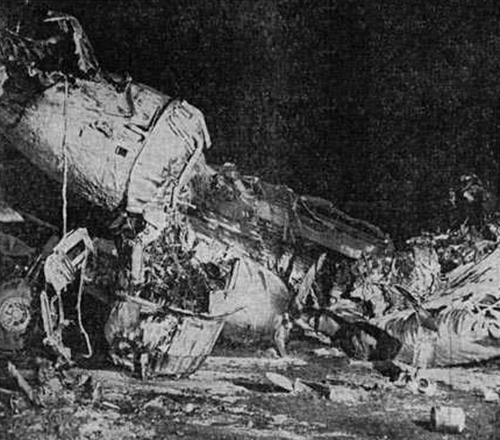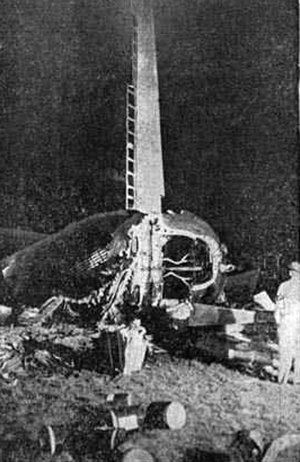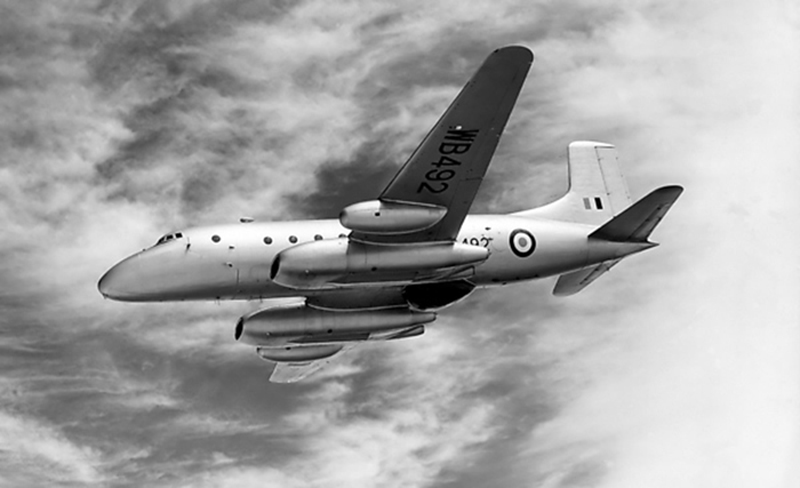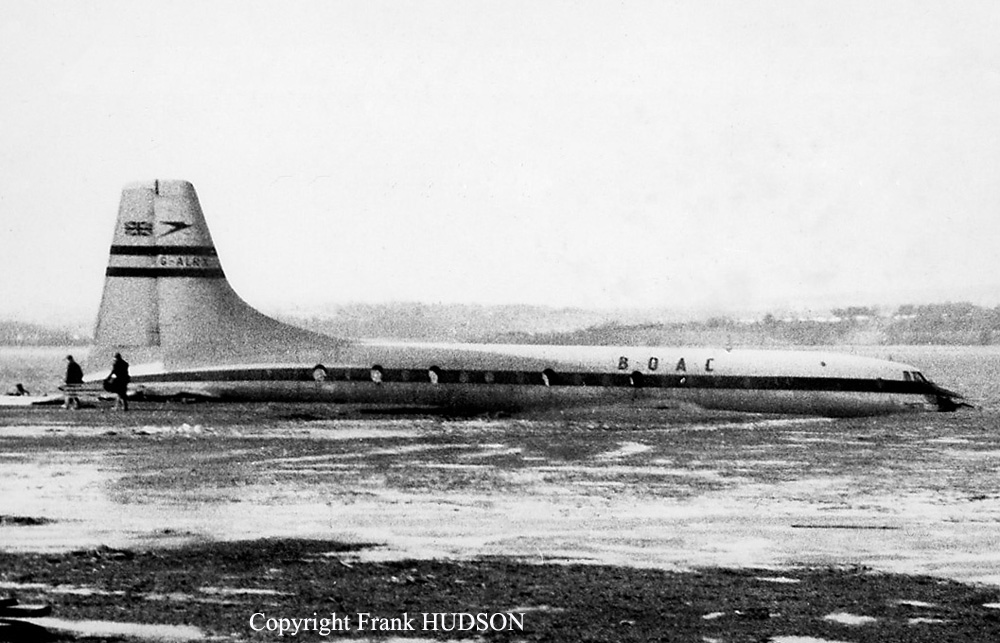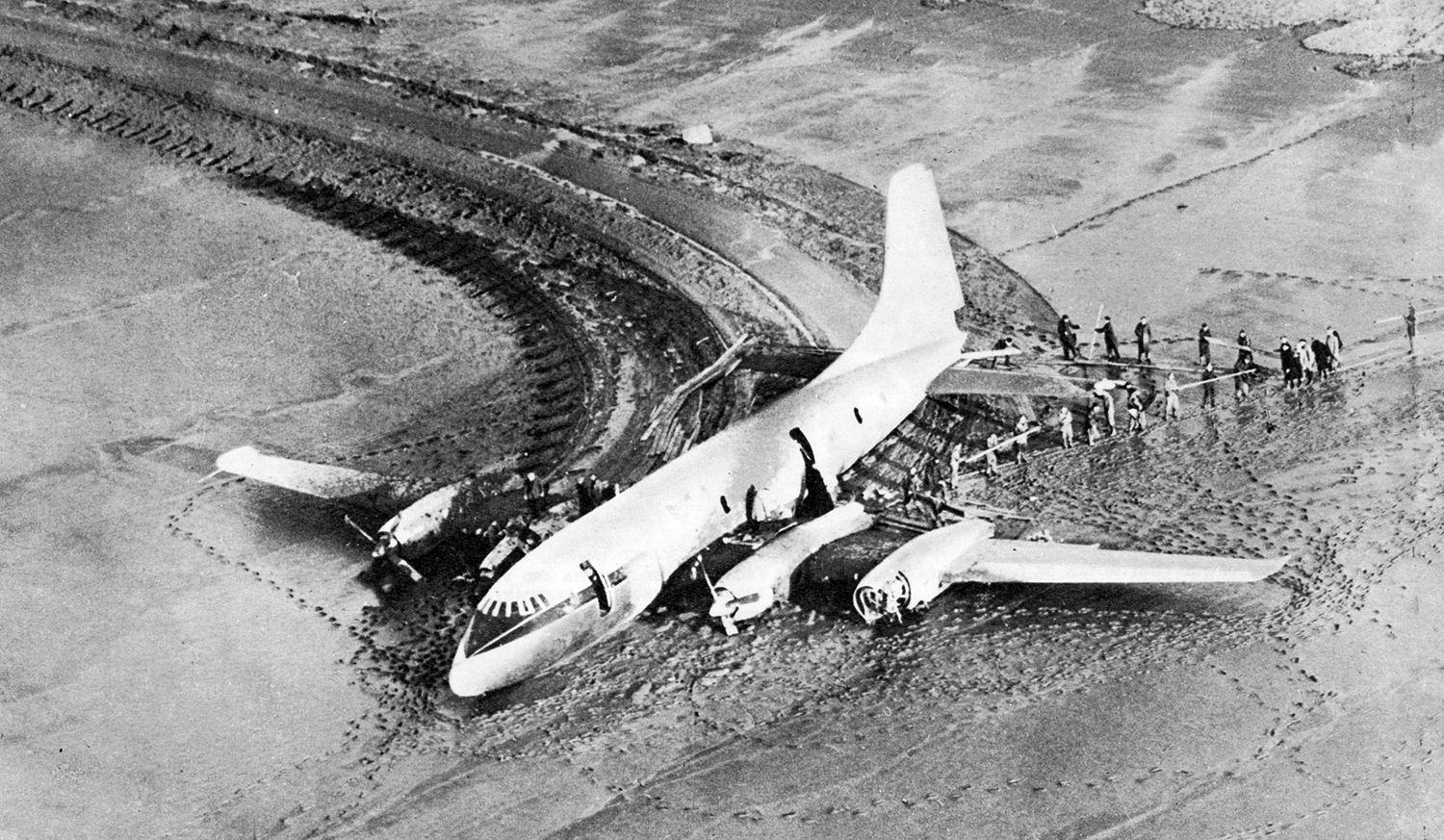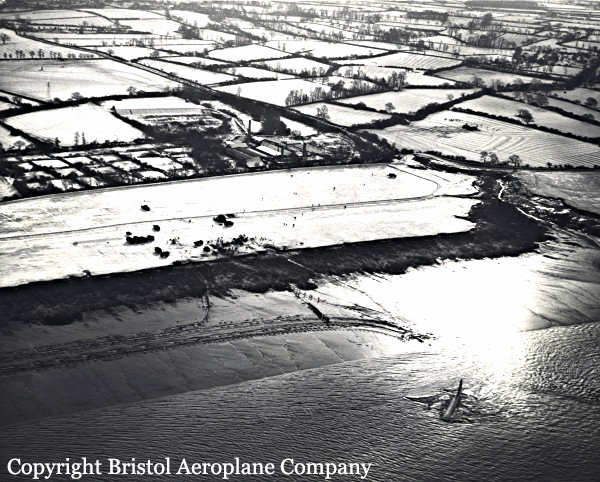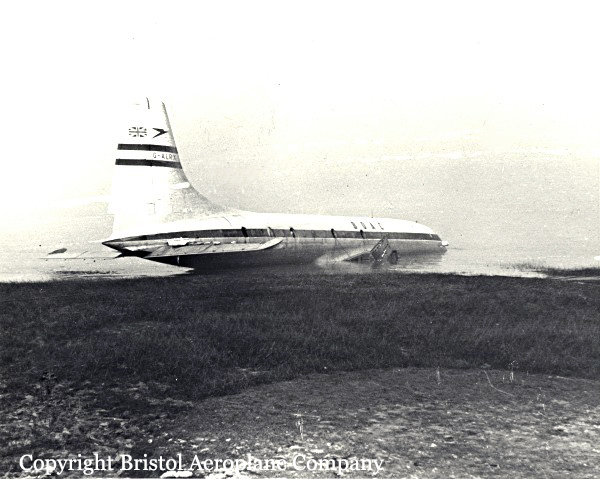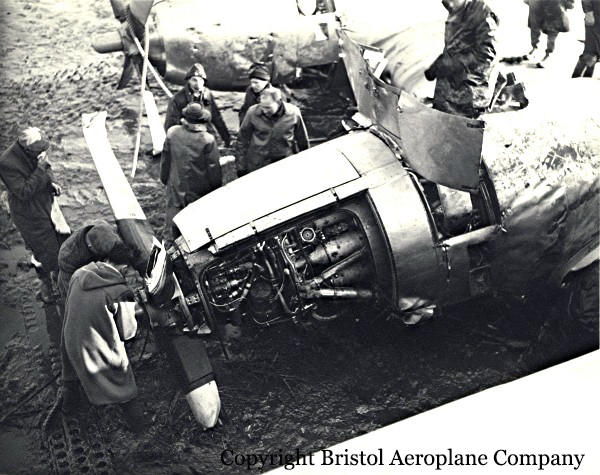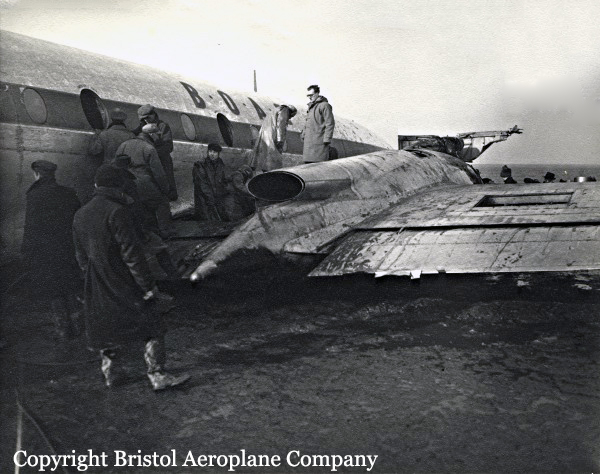Crash of a Douglas C-124C Globemaster II at Travis AFB: 3 killed
Date & Time:
Apr 7, 1956
Registration:
52-1078
Survivors:
Yes
Schedule:
Travis - Travis
MSN:
43987
YOM:
1952
Crew on board:
7
Crew fatalities:
Pax on board:
0
Pax fatalities:
Other fatalities:
Total fatalities:
3
Circumstances:
The crew was conducting a post-maintenance test flight. Shortly after takeoff from Travis AFB, while climbing to a height of 100 feet, the aircraft banked left, stalled and crashed in flames. Three crew members were killed while four others were injured. The aircraft was destroyed.
Crew:
1st Lt James Lyman Hayter,
2nd Lt Richard C. Nelson,
2nd Lt Garth L. Tingey,
M/Sgt Russell M. Hobart,
M/Sgt Harold E. Roache, †
M/Sgt Arthur G. Bird, †
S/Sgt Amos H. Kolb. †
Crew:
1st Lt James Lyman Hayter,
2nd Lt Richard C. Nelson,
2nd Lt Garth L. Tingey,
M/Sgt Russell M. Hobart,
M/Sgt Harold E. Roache, †
M/Sgt Arthur G. Bird, †
S/Sgt Amos H. Kolb. †
Probable cause:
Ailerons and elevators control cables have been changed by mechanics based at Travis AFB and the crew was engaged in a post-maintenance check flight. It is believed that control was lost during initial climb because these cables were incorrectly installed, not adhering to the manufacturer procedures.
